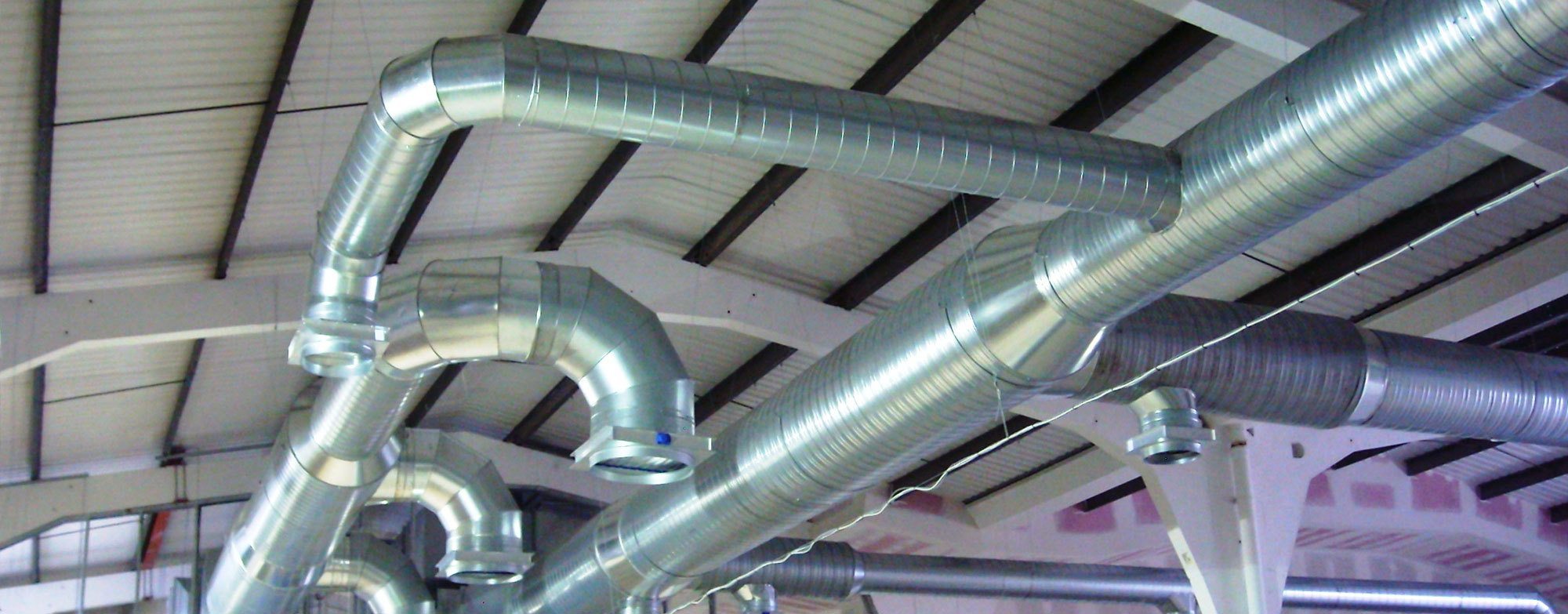Localise & extract unwanted air from specific points in the building
The building HVAC system ensures safe and healthy conditions are maintained with respect to air quality, ideally using fresh air from outdoors. Building inhabitants will not feel comfortable if exposed to extreme temperatures, smoke, odours or toxic air. The building HVAC systems are designed to localize and extract unwanted air from specific points in the building layout so that the rest of the building remains fee of air pollutants. The extracted by-product is then transported via the duct system to a designated point for further biodegrading or release. The HVAC system also plays a vital role in the building fire control system, ventilation and air conditioning system.

The energy monitoring must not only take air handling and pumping through the duct network into account but also the chiller plant energy, all fan energy (supply and exhaust), and heating hot water pump energy where applicable. Careful monitoring and tweaking of the system can reduce speed in air handling and pumping applications without compromising the required output of the system.
One of the most important factors in maintaining high-performance HVAC systems is to implement a strategy that continuously commissions the system. All too often, the system is run as a fixed installation at one speed from inception without performance reviews or exploring option on performance improvement and /or energy savings. The ideal situation is to have real-time measurement and verification via remote monitoring.
Useful Information
Design & Layout
Design is key to optimal efficiency. Avoid a complex network duct system with limited access. Ideally the entire system should be exposed but networked outside of main work areas.
Programming & Settings
The HVAC system must deploy the correct drive to suit demand. In order for this to happening on an on-going basis, operation settings must be flexible and programmable according to specific area requirements.
Smart Deployment Required
The system must have the ability to deploy only in areas where required and switched off in areas of the building network where extraction is not required.
Flexibility & Fire Control
A multidirectional system with forward and reverse speed ensures flexibility and allows adjustments for future planning and fire control requirements.
In Case Of Emergency
The building HVAC system is usually designed within the overall fire prevention plan. It is vitally important that the system is designed to provide a smoke free escape by accurately maintaining the air pressure along the designated escape routes.
Variable Drives Available
Match capacity to the required performance. Deploy lower-cost variable-speed drives in smaller sized systems.
High Efficiency Motors
High-efficiency motors are an option that would reduce fan and pump power in all applications.
Advanced Monitoring & Management
There are a number of advanced management and monitoring systems which can be retrofit to existing HVAC systems.
Exploring High Efficiency Fans
Explore the option of high-efficiency fans which can impact on energy use. Fan design does have an impact on load efficiencies.
Sensor Activation
Sensor activation (light switch or door) limits continual function and reduces electricity consumption.
Exposed Systems
The system can be exposed as a design feature












